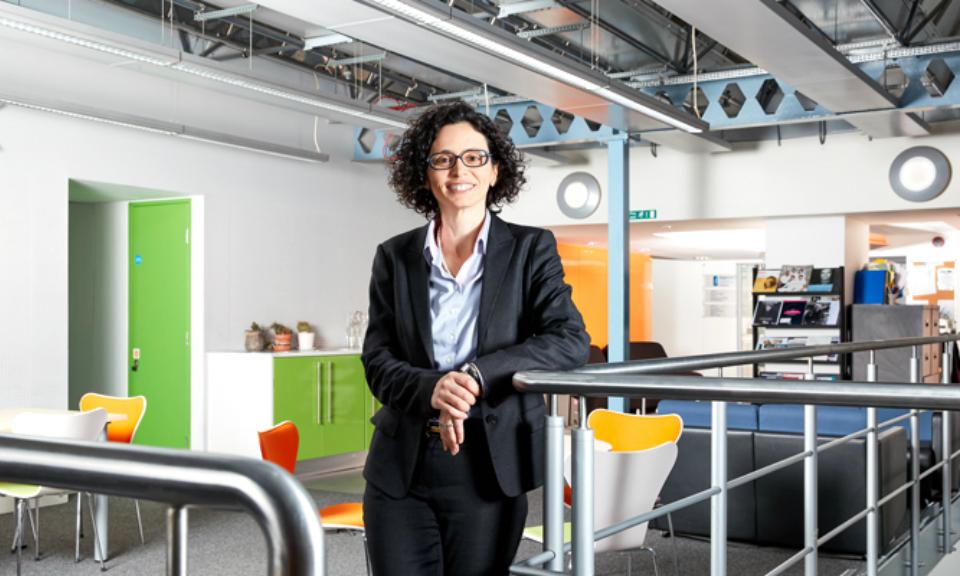
Dr Criscuolo discovers the key to ensuring a strong panel for assessing R&D cases, explaining the three factors to consider in order to avoid overlooking your company’s next big idea.
Innovation matters. Companies spend significant amounts on research and development (R&D), and academics conduct countless studies to help organisations increase the number and quality of the ideas they generate. Much less thought however, has been given to how organisations decide which of these ideas to back. In fact, the mechanics of selection often see the most innovative projects consigned to the bin. This is just one of the findings of a research project that looked at the evaluation of R&D projects at a large multi-national professional services firm.
The study, carried out alongside my co-authors Professor Linus Dahlander, Professor Thorsten Grohsjean and Professor Ammon Salter found that panels in charge of selecting these R&D proposals are most likely to fund projects with intermediate levels of ‘novelty’, i.e. the ones that were the most innovative or bold, or indeed the least, were less likely to get funded. It is often assumed that the selection process is neutral, with each idea judged purely on its merits but that doesn’t take social context into account, which often works against the more novel ideas.
One factor is workload. The more novel an idea is, the longer it can take to evaluate and that can be difficult for busy executives. Another factor is the diversity of knowledge on the panel. Senior Managers cannot be experts in every domain, so they often have to evaluate projects in areas that they know little about. In addition, if they all share the same expertise, they will not be able to look at multiple facets of a proposed project.
A third factor is whether the selection panel and R&D project applicant work in the same office. We found that selectors are less likely to back unusually novel ideas if they work in the same location as the applicant – perhaps because they want to avoid charges of nepotism, or because they don’t want the risk involved in the project to rebound close to home.
So what does this mean for innovation? Organisations need to think about their selection process just as much as their ideas generation. If they don’t, they could find themselves working against innovation rather than promoting it. One recommendation, paradoxically, is to give selectors fewer projects to evaluate, so that they can give novel ideas the extra attention they need. One way to do this is to stockpile projects until a certain number is reached and then hold the selection meeting. Sometimes there’s a fixation with doing things quarterly, but then selectors can end up with too many projects to assess.
I would also advise organisations to consider the make-up of the selection panels. They need to involve the right people with the right diversity of experience, even if it means bringing in people external to the firm. This might seem unfeasible given the need for confidentiality in R&D, but I would point to the example of pharmaceuticals giant GlaxoSmith Kline, where external experts have recently been drafted in to evaluate plans for developing projects presented by competing R&D units. With the right non-disclosure agreements it can be done, and by introducing externals with the appropriate expertise to assess the R&D project – and people with no relationship to the applicants – ideas with greater novelty, and more value to the firm, are more likely to get backed.
Paola Criscuolo, Linus Dahlander, Thorsten Grohsjean and Ammon Salter (2016) Evaluating Novelty: The Role Of Panels In The Selection Of R&D Projects. Academy of Management Journal: March 2016.


